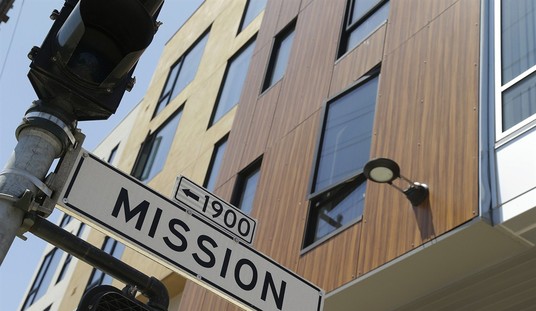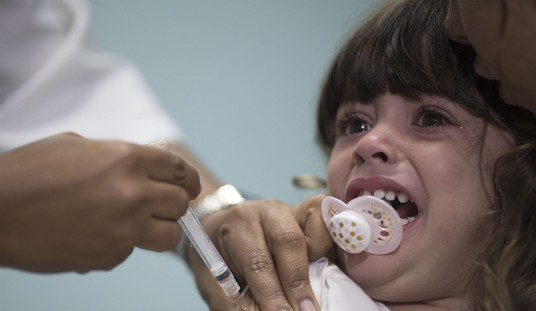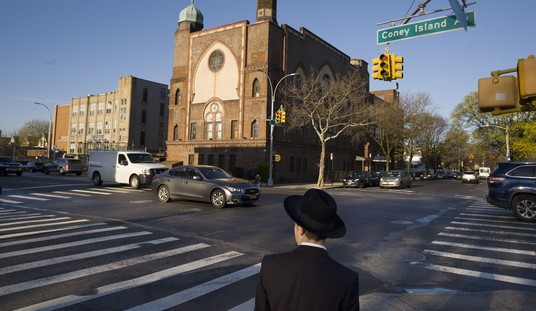While you couldn’t tell it from most of the headlines over the past 18 months, there’s actually some good news on the law enforcement front. Violent crime rates continued to drop over the past two years on a national per capita basis, including the murder rate. The motto of if it bleeds, it leads likely keeps the focus of many news media consumers on some regularly occurring violence, but overall we’re still experiencing record low levels of the worst violence in the modern era, as was described this past winter by the Washington Post.
In 1993, there were seven homicides by firearm for every 100,000 Americans, according to a Pew Research Center analysis of data from the Centers for Disease Control and Prevention. By 2013, that figure had fallen by nearly half, to 3.6 — a total of 11,208 firearm homicides. The number of victims of crimes involving guns that did not result in death (such as robberies) declined even more precipitously, from 725 per 100,000 people in 1993 to 175 in 2013.
Most of that decrease obviously was the result of a national reset in our approach to law enforcement in the early to mid nineties, including Bill Clinton’s much maligned crime bill (which his wife now claims was a mistake) but local efforts in cities along the same lines contributed as well. Believe it or not, that trend continued through 2014 and 2015 across the nation as a whole. Murder and other gun related violent crimes have continued to dip or at least remain flat at levels not seen in the living memory of the majority of voters.
Sadly, that doesn’t apply everywhere. There’s been an uptick in both the murder and other violent crime rates which have halted that good progress on a national level and it’s localized in a few specific areas. The hot spots for homicide probably won’t startle anyone who’s been following the news. (Washington Free Beacon, emphasis added)
Three major cities accounted for more than half of the rise in the national murder rate between 2014 and 2015, a new report shows.
Though overall crime rates were stagnant in America’s 30 largest cities the murder rate rose 13.3 percent, according to a report from the Brennan Center for Justice. The violent crime rate also rose by 3.1% in those major cities, lead by increases in Los Angeles, Baltimore, and Charlotte.
Three cities were also mainly responsible for the rise in murders. “Final data confirm that three cities (Baltimore, Chicago, and Washington, D.C.) account for more than half (244) of the national increase in murders,” the report said.
There are five cities on the two combined lists, with Baltimore winning the prize as the one to achieve a significant increase in both categories of violence. And for the most part they have a few things in common. The first factor – and the one which both liberals and conservatives are likely to agree on – is that these cities are the epicenters for chronic poverty and high unemployment, particularly among minorities. Drug abuse and its associated “business structure” contribute to widespread depression, gang activity and violence. The lack of wealth (aside from government infusions of cash) contributes to structural decay, failing schools and a host of other factors which result in a socioeconomic death spiral, both figuratively and literally.
The second factor is the one which the Left and the media (though I repeat myself) are less eager to discuss. These are all cities which have been governed by Democrats and liberals for generations, choosing more “progressive” policies when it comes to dealing with crime and a firm belief that if we simply keep pouring more and more tax money into failing systems they will somehow right themselves. Almost entirely unmentioned in these public discussions is The Ferguson Effect, and the fact that it’s even harder to keep a lid on violent crime when you begin treating your police officers like the enemy.
You can have this debate on MSNBC and CNN every day of the week, folks, but the numbers speak for themselves. A couple years worth of data is now available and it’s telling a story which at some point will have to be examined. After more than twenty years of progress we are now losing ground to the worst, most violent criminals in some of the most at-risk communities. What we do about it is in the hands of the leaders these cities keep returning to office.
Who was it again who coined the phrase about the definition of madness being, doing the same thing over and over again, but expecting different results?









Join the conversation as a VIP Member